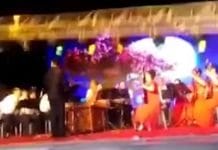My friend Carla sent me an interesting article about some work that Luke Jerram is doing. Luke is an artist and research fellow in the UK at the University of Southampton – he has an exhibit open right now, called “Plant Orchestra.”
The article chronicled a few of his works from a previous installation – one of them really caught my eye. Luke’s work called “Glass Microbiology” was in an article with a few of his other works – the glass pieces he created for this work are beautiful. They catch the light in such odd ways, obviously from shape: Luke’s collection is a glass representation of several really nasty infectious diseases – H1N1, E. coli, HIV, SARS – you know, the fun ones!
Check these out:
E. coli
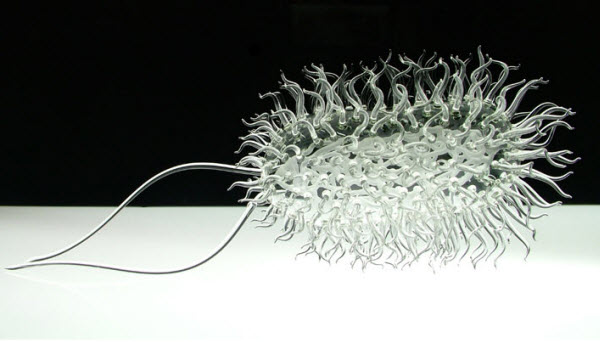
Smallpox

Smallpox, a virus that Luke dreamed up, and HIV:
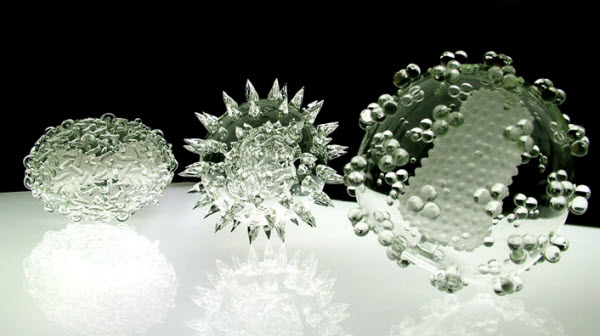
An article at Seed Magazine had a story about Luke and his work – check it out! From the article, about “Glass Microbiology”:
For “Glass Microbiology,” Jerram worked with University of Bristol virologist Andrew Davidson and took inspiration from high-resolution electron microscopic images, creating large, painstakingly accurate glass sculptures of notorious viruses and bacteria such as HIV, E. coli, SARS, and recently, H1N1. Jerram’s H1N1 sculpture was just accepted permanently into the Wellcome Collection in London and loaned to the Mori Art Museum in Tokyo for exhibition in January. What started as a question of science communication turned into an interplay between the beautiful and dangerous, as well as a reflection on the limits of scientific understanding.
“When I ask virologists how exactly RNA is packed into a virus, well, the answer is that they just don’t know. Most viruses are right at the edges microscopy capabilities,” Jerram says. “So scientists have take a leap–from what they can see to what they know about chemical interactions.” Renderings of these microbes, as with many constructs throughout science, are a jigsaw puzzle of direct observation and predictions. “It’s important to explore these boundaries and limitations,” he says.
If that wasn’t interesting enough, check this out:
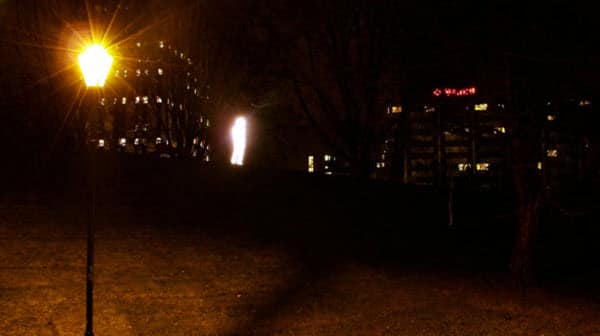
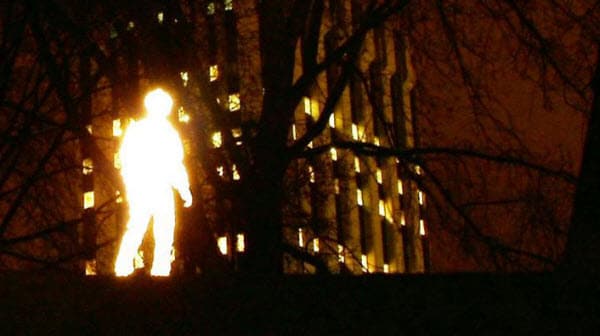
From Luke’s website – about Interpretation Figure, the work above:
The performance and photographic artwork was commissioned by Enable to be used as a logo for Electric Pavilion.
The figure has been interpreted as an angel, city spirit, alien and hoax. How might this figure be interpreted in other cities and countries around the world? The Bristol Evening Post helped promote the myth before withdrawing their support on grounds that they weren’t telling the truth.


